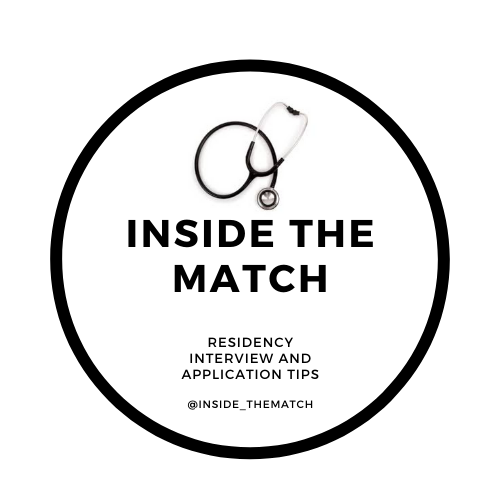Tips to Excel in Clerkships
Written by Rand Hashim
Congratulations on making it through your preclinical years of medical school! I found my third year to be a great reminder of why I want to do medicine, especially after taking boards. The biggest piece of advice I have is to give each rotation the same amount of enthusiasm! There is a lot to learn from each specialty that you will carry throughout your life and maybe you surprise yourself with a new interest in a field you didn’t think you would!
This is the first post in a series about how to succeed on clerkships! We’ll start with a general outline of each hospital-based clerkship and then subsequently specialty-specific posts!
Role of a medical student
· You will oversee 1-3 patients depending on you and your team. Your level of responsibility will increase as your comfort level increases
· Talk to your residents about their expectations for you during your rotation
· To Pre-Round: get to the hospital before rounds, chart review, and then go visit your patient for a brief history and physical
· Rounds: present your patient with your team with a plan
Don’t worry if the plan is “wrong!” —> Your team wants to see how you are thinking
Rounds
Rounds are a way for the entire multidisciplinary team to gather and discuss each patient’s history, any changes in their clinical status, and the plan for their care. The format is slightly institutional specific but generally, you present in the same format as your SOAP note.
Subjective
· This is a _____ year old with past medical history who presented to us with a chief complaint.
· History of present illness
· Any other past medical/surgical history
· Meds/allergies/relevant social/family history
Objective
· ALWAYS START WITH THE VITALS
· Any pertinent physical findings
· Any new labs values or imaging results
Assessment
· Here you will repeat your one-liner/opening statement: This is a _____-year-old M/F with past medical history who presented to us with a chief complaint.
· The patient now has improved/worsened/clinically stable
· Here you talk about what you think the diagnosis is and why
Plan
· Systems-based approach on what you are going to do for the patient
Letters of recommendation
· Ask any attending that you have a good relationship with during any rotation. This is the perfect way to have a collection of letters to be safe during application season.
· If you are on a service in which the attending switches every week, I was told to ask your week 3 attending and towards the beginning of the week. This sets the expectation and generally by week 3 you have a better grasp of the rotation and workflow.
· I would specifically ask for a strong letter of recommendation and try to ask them in person (if you can). If they say yes, send them a follow-up email thanking them and discussing your goals. Include your CV and other documents they may find helpful.
General Resources for Shelf Exams
· Online MedEd: I would watch the videos corresponding to the rotation during my first week to get a baseline idea of the types of pathology I would encounter.
· AnKING Deck for Step2
· UWORLD ± COMQuest/Amboss for questions
· Emma Holliday videos: YouTube videos of rapid-fire high yield info for each rotation
· Divine Intervention Podcasts: high yield facts in podcast format—great for drives to and from the hospital
· Other resources were specialty-based and I’ll touch on them in upcoming posts.
All in all, the third year is a bit overwhelming but also exciting! It’s a great time to integrate everything you learned in pre-clinical years with real-life patients, and it will help you understand disease on a clinical level. Good luck!

